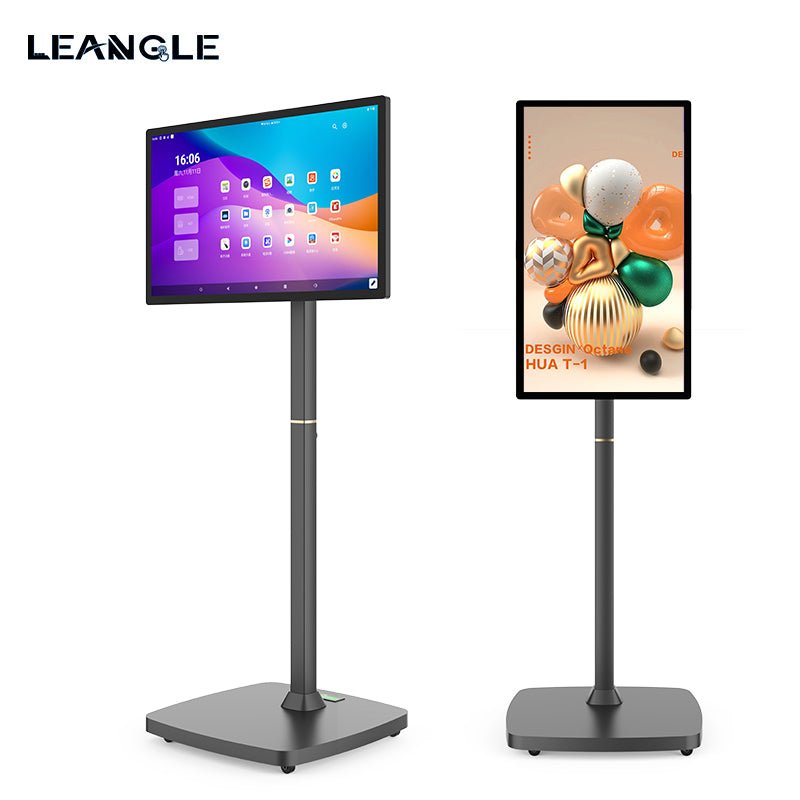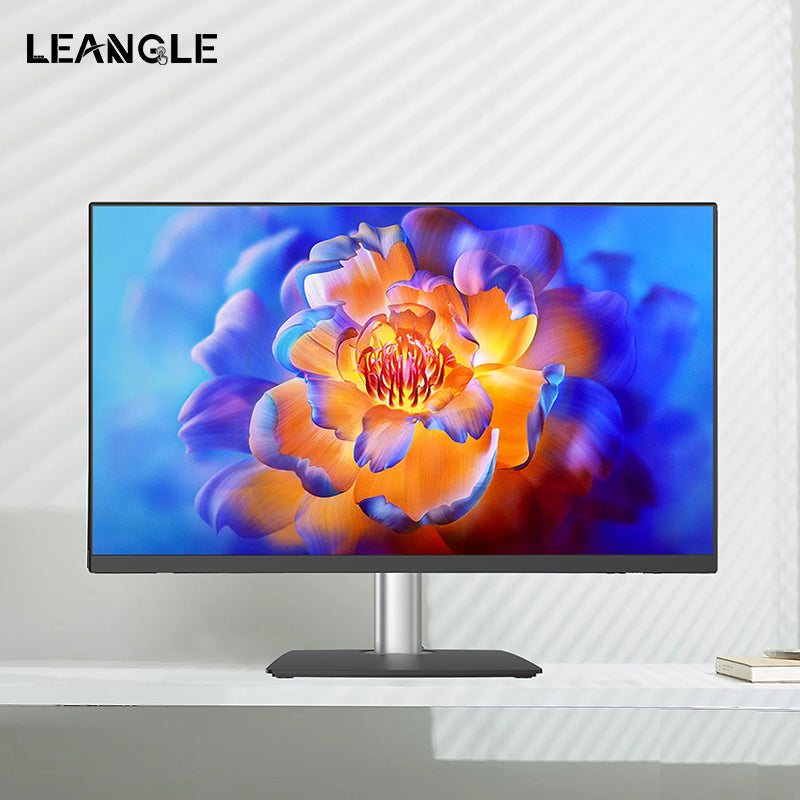Breaking the Size Barrier: How Splicing Screens Create Massive Digital Canvases
Imagine transforming any wall into a breathtaking video canvas or creating a command center that displays critical data across a seamless, expansive screen. Splicing screen technology makes this possible by combining multiple displays into one unified visual experience. At Leangle, we've perfected this technology to deliver flawless large-format displays for control rooms, digital signage, and immersive environments.
This comprehensive guide will explore:
-
The engineering behind seamless video walls
-
Cutting-edge applications across industries
-
How to select the perfect splicing solution
-
Future trends in large-format display technology
Core Technologies Powering Leangle Splicing Screens
1. Ultra-Narrow Bezels
-
0.88mm physical bezel (industry-leading)
-
0.5mm optical gap with LED compensation
-
98% screen-to-body ratio for true continuity
Technical Breakthrough: Our proprietary Pixel Blending Algorithm automatically adjusts edge pixels to create visual seamlessness.
2. Performance Specifications
| Feature | Leangle Splicing Screen | Standard Video Wall |
|---|---|---|
| Brightness | 1200 cd/m² | 700 cd/m² |
| Contrast Ratio | 5000:1 | 1500:1 |
| Color Uniformity | ΔE<3 across panels | ΔE<5 |
| Viewing Angle | 178° H/V | 160° |
| Continuous Operation | 24/7 rated | 8-12 hour duty cycle |
3. Intelligent Control Systems
-
Distributed Processing (eliminates single point of failure)
-
Automatic Color Calibration (maintains consistency)
-
Hot-Swap Power Supplies (no downtime during maintenance)
5 Transformative Applications of Splicing Screens
-
Command & Control Centers
-
9-screen emergency response dashboards
-
Real-time data fusion from multiple sources
-
-
Retail Experience Zones
-
360° brand storytelling walls
-
Interactive virtual showrooms
-
-
Broadcast Studios
-
Virtual sets with dynamic backgrounds
-
4K weather maps with live data overlay
-
-
Corporate Lobbies
-
Architect-scale company timelines
-
AI-powered visitor recognition displays
-
-
Simulation Environments
-
Flight training visual systems
-
Driving simulators with 270° views
-
The Science Behind Perfect Splicing
Key Engineering Challenges Solved:
-
Color Matching: Each panel is calibrated to <3% variance
-
Gamma Alignment: Unified curve across entire display
-
Thermal Management: Active cooling maintains <2°C variance
-
Signal Synchronization: <0.5 frame delay between units
Choosing Your Splicing Screen Configuration
| Screen Size | Panel Count | Total Resolution | Best For |
|---|---|---|---|
| 55" | 2×2 | 7680×4320 (8K) | Conference rooms |
| 65" | 3×3 | 11520×6480 | Command centers |
| 75" | 4×4 | 15360×8640 | Stadium displays |
| Custom | 5×5+ | Beyond 16K | Immersive VR |
Future Trends in Large-Format Displays
-
MicroLED Splicing (2025)
-
Zero bezel technology
-
Self-emissive pixels
-
-
AI-Powered Content Management
-
Automatic layout optimization
-
Predictive failure detection
-
-
Holographic Splicing
-
Volumetric displays with depth
-
360° viewable content
-
-
Self-Healing Surfaces
-
Scratch-resistant coatings
-
Anti-burn-in pixel cycling
-
Why Professionals Choose Leangle Splicing Screens
✅ Military-grade reliability (MTBF >100,000 hours)
✅ Frame-by-frame synchronization
✅ 24/7 technical support
✅ 5-year warranty on panels and controllers



